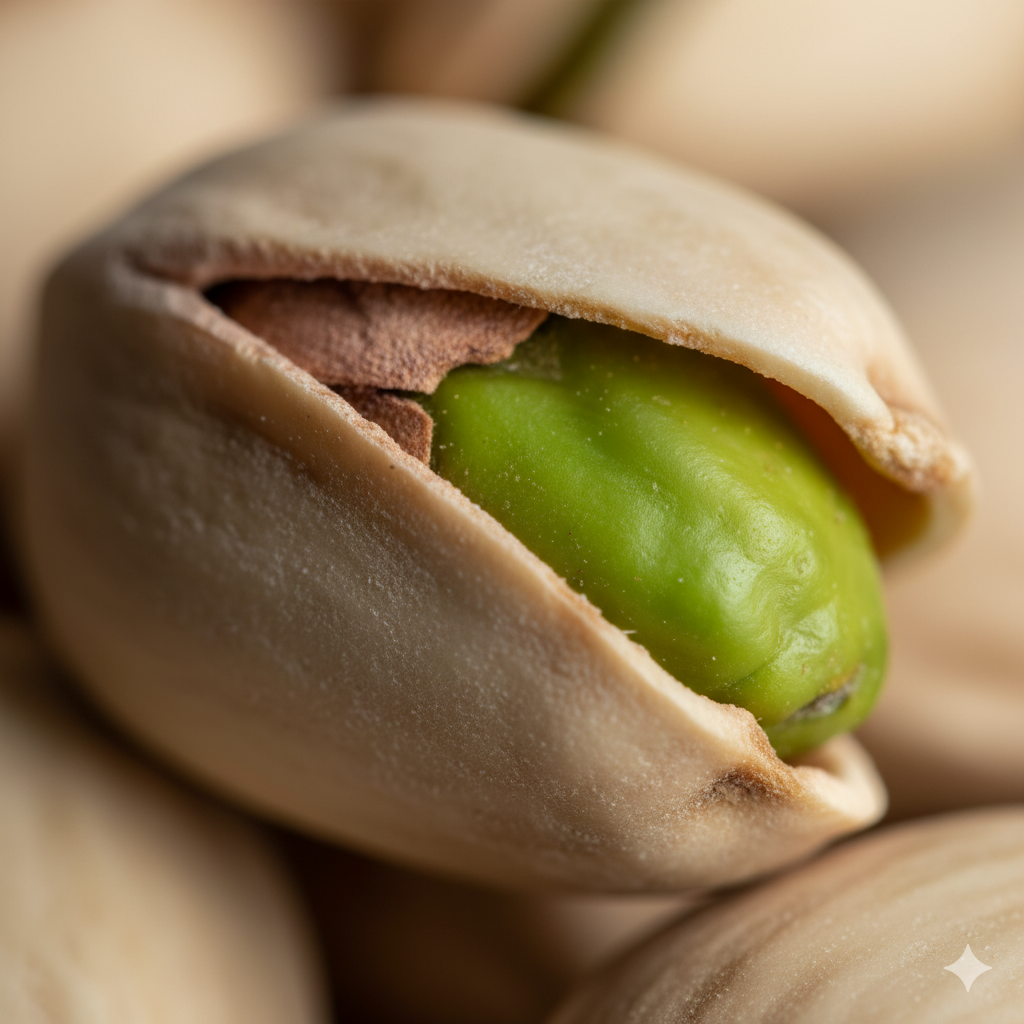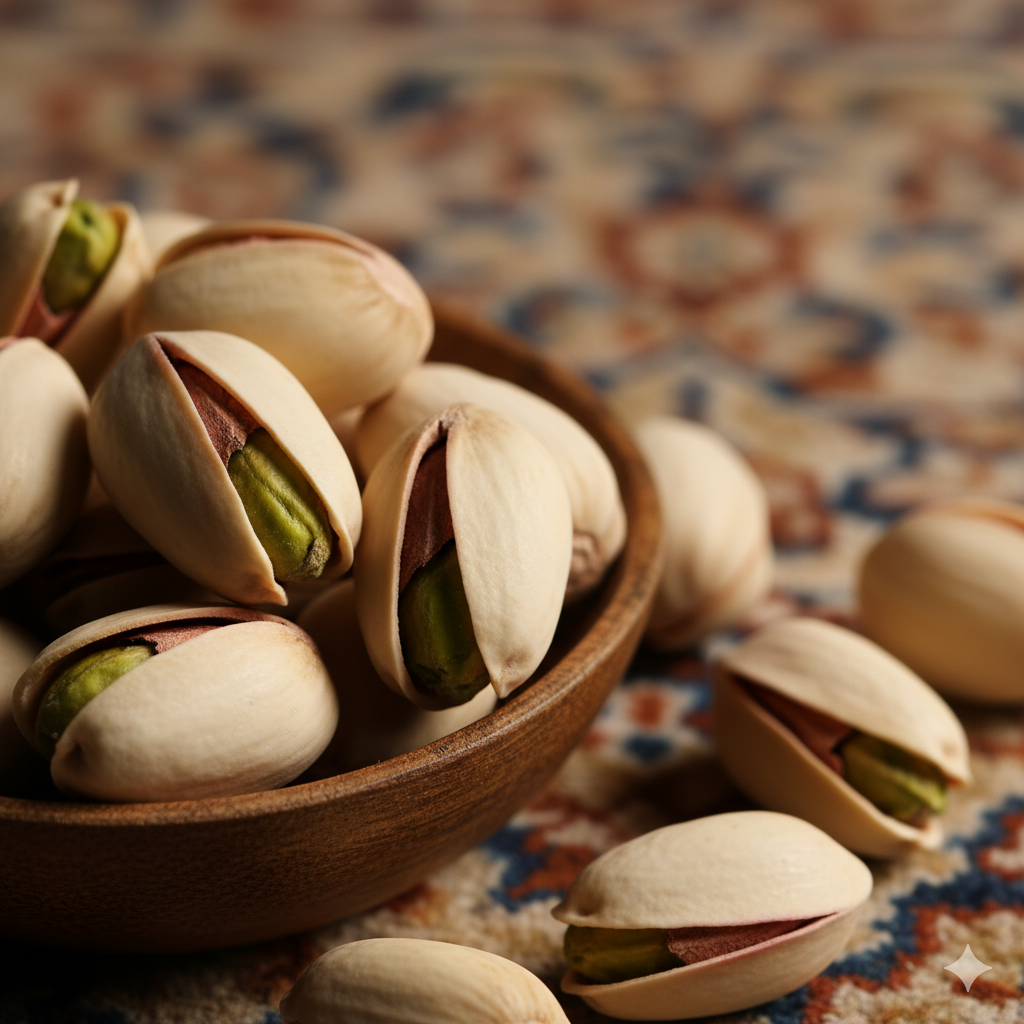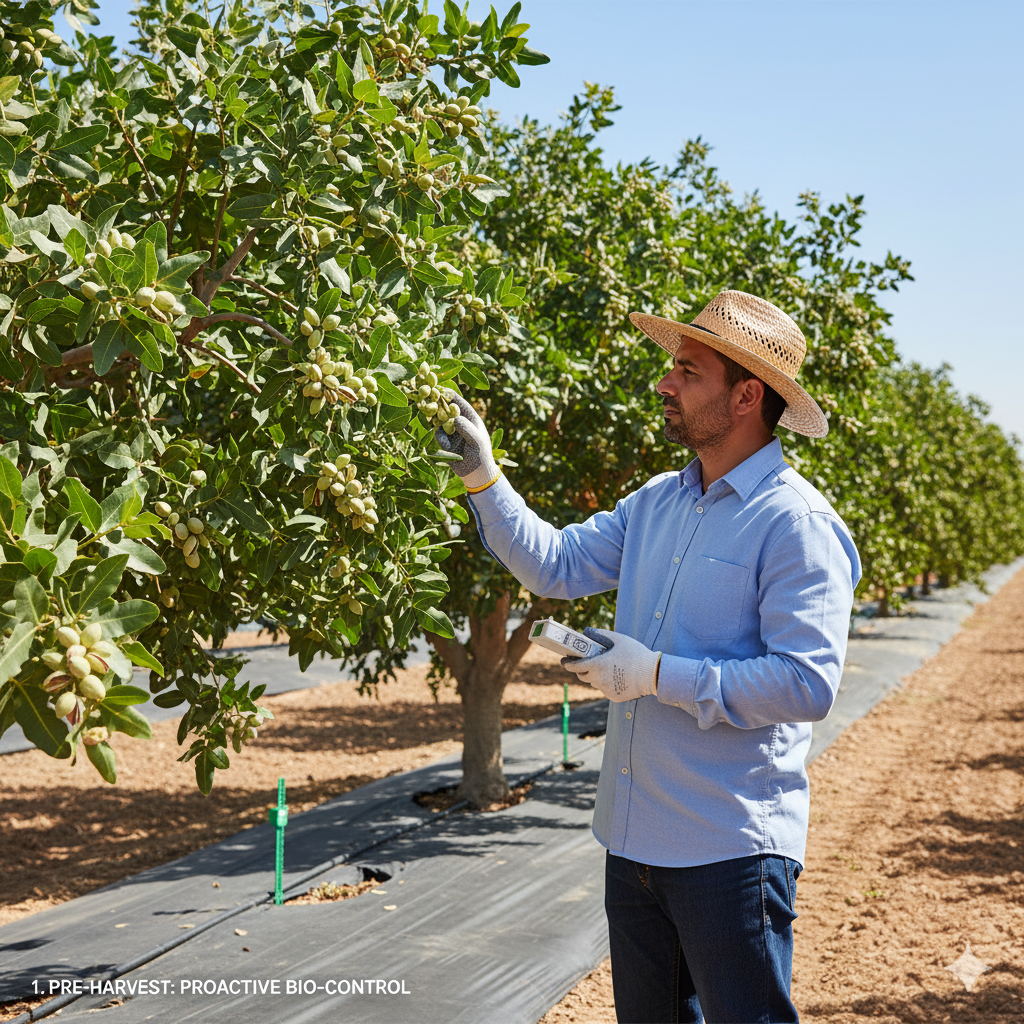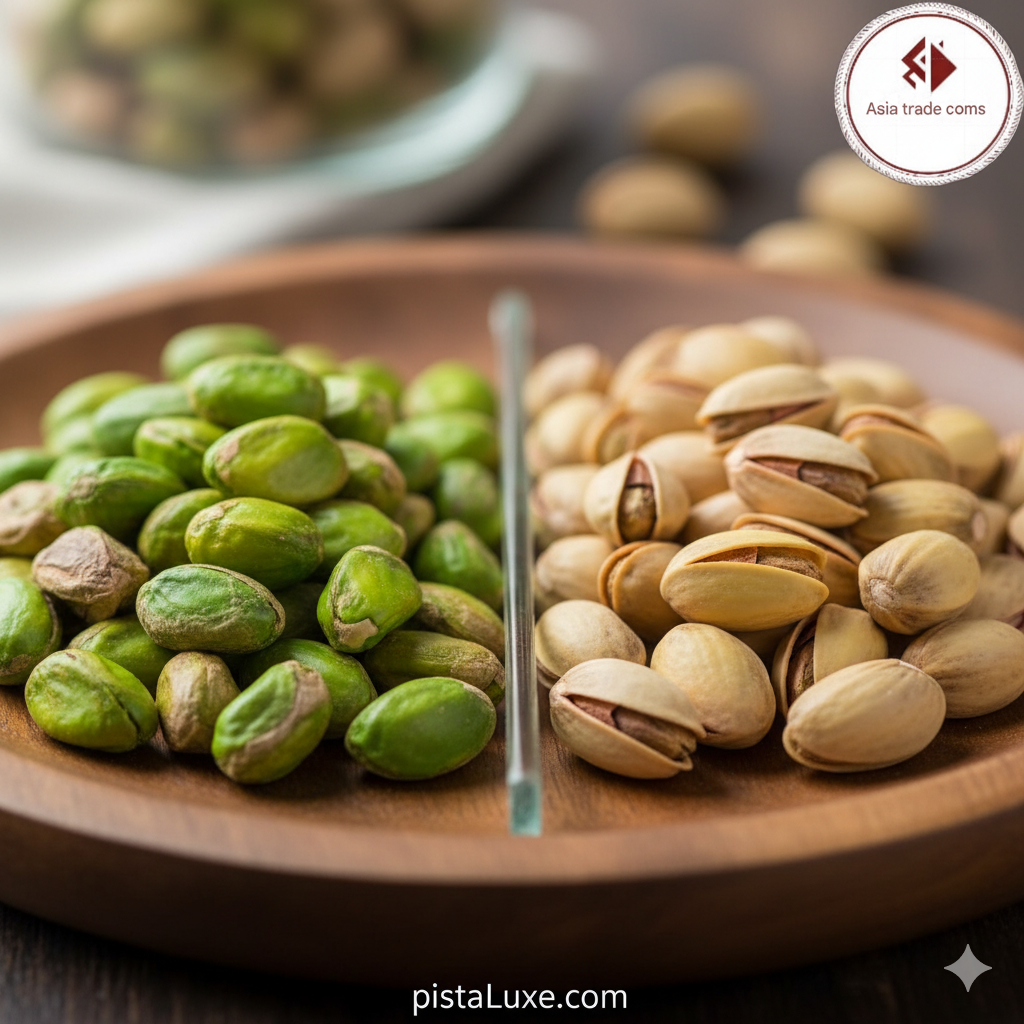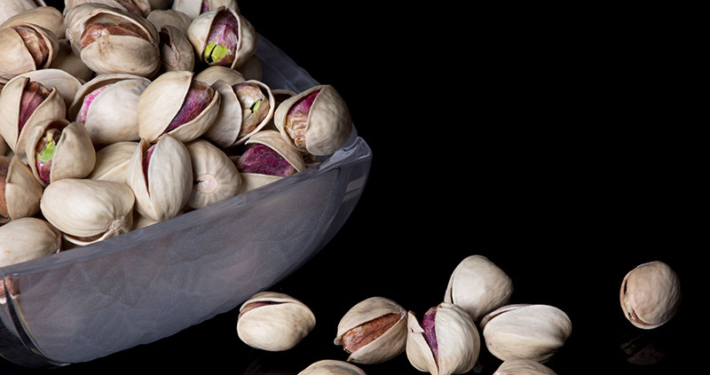
Executive Summary
Advances in agricultural waste management and energy production are turning pistachio hulls and shells into valuable inputs for the energy value chain. This article analyzes the main conversion pathways, technical and economic feasibility, and policy frameworks that enable practical deployment, aligning with sustainable development goals. It emphasizes circular economy concepts, environmental benefits, and local value creation in pistachio-producing regions.
- Background and Economic-Environmental Significance
- Pistachio waste as a renewable energy feedstock with favorable carbon-to-nitrogen ratio and manageable moisture content.
- Circular economy implications: waste valorization reduces disposal costs, adds value, and enhances regional energy security.
- Environmental benefits: greenhouse gas mitigation through displacement of fossil fuels, reduced landfilling, and lower particulate emissions.
- Applicable Conversion Technologies
- Anaerobic digestion and biogas: conventional digesters convert organic matter to methane-rich biogas; post-treatment enables electricity and heat production or upgrading to biomethane.
- Thermal conversion: pyrolysis and gasification of pistachio residues to produce syngas, bio-oil, or biochar; suitable for small-to-medium scale plants and distributed energy systems.
- Hybrid and integrated approaches: pre-drying, feedstock conditioning, and combined bio-thermal processes to maximize overall energy yield.
- Co-product opportunities: activated carbon, soil amendments, and nutrient-rich compost as value-added outputs.
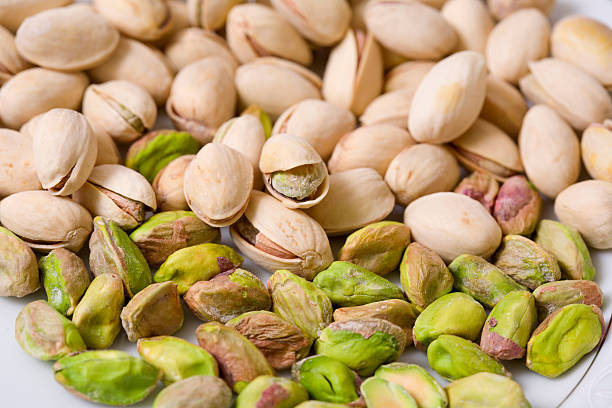
- Benefits and Environmental Impacts
- Reduction of waste disposal and methane emissions from decomposing residues.
- Low-carbon or near-zero-carbon energy relative to fossil fuels.
- Local job creation and supply-chain development in pistachio regions.
- Potential for modular, decentralized energy infrastructure linked to farms and processing facilities.
- Technical Challenges and Implementation Barriers
- Feedstock variability: moisture, composition, and contaminants influence process stability and performance.
- Capital intensity and financial viability: upfront capex, O&M costs, and project payback periods.
- Grid integration and off-take: connection to electricity grids or use in thermal processes within industrial clusters.
- Policy frameworks: support schemes, incentives, and permitting processes that affect project deployment.
- Deployment Pathways and Practical Examples
- Farm- and cluster-based biogas plants supplying electricity and heat to nearby facilities or greenhouse operations.
- Biogas utilization agreements and power purchase arrangements with local utilities.
- Collaborative research and industry partnerships to optimize feedstock mix and improve process efficiencies.
- Early-Phase Guidance for Ventures
- Comprehensive resource assessment: quantify pistachio waste streams by region, seasonality, and composition.
- Technology selection aligned with scale, feedstock characteristics, and energy market opportunities.
- Economic, environmental, and risk analysis, incorporating policy incentives and local market dynamics.
- Phased deployment with pilot tests, performance monitoring, and iterative optimization.
Conclusion
Transforming pistachio waste into energy represents a strategic avenue for waste management, energy security, and regional economic development. With appropriate technology choice, policy support, and stakeholder collaboration, pistachio-associated energy projects can contribute meaningfully to a green economy and sustainable rural livelihoods.
To order or get advice on pistachio and dried fruit varieties, contact our team via our official WhatsApp. Our support team is ready to answer your questions and can help you choose the right pistachio and dried fruit. WhatsApp number 009890214773705


